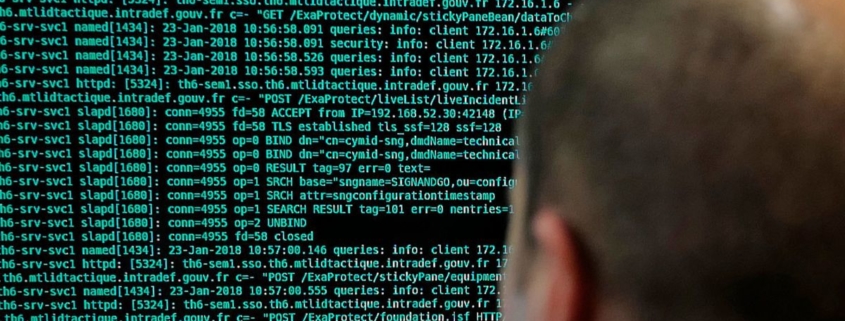Employee Cyber Security Training Is Vital To Reduce Attacks
Promotion
 Cyber crime is having a truly major impact on the global economy and over 40% of business has reported cyber-attacks or data breach in the past year. And the global economy lost over $1 Trillion from cyber-crime, often because employee mistakes in 2020, making cyber security training for all employees now vital for all organisations.
Cyber crime is having a truly major impact on the global economy and over 40% of business has reported cyber-attacks or data breach in the past year. And the global economy lost over $1 Trillion from cyber-crime, often because employee mistakes in 2020, making cyber security training for all employees now vital for all organisations.
As cyber crime becomes more lucrative, cyber attacks are more likely to occur. It’s important to understand the short-term and long-term effects cyber attacks could have on your business.
Cyber hacking attacks have become the new criminal norm and all organisations are under threat and often they are unaware of the initial criminal integration into their systems.
Most cyber crimes are carried out in order to generate profit for the cyber criminals, some cyber crimes are carried out against computers or devices directly to damage or disable them, while others use computers or networks to spread malware, illegal information, images or other materials.
These attacks cover all industries, commerce and care organisations.
Cyber crime costs billions of pounds, causes untold damage, and threatens commercial and national security.
Cyber criminals seek to exploit human or security vulnerabilities in order to steal passwords, data or money directly.
The most common cyber threats include:
Phishing – bogus emails that look valid ask employees for security information, commercial and personal details.
The victim will either download an attachment that contains malware, or they’ll click a link and hand over sensitive information, such as their login credentials or financial information.
Hacking – including organisations, social media and email passwords.
Malicious Software – including ransomware through which criminals hijack files and hold them to ransom.
Distributed Denial of Service (DDOS) attacks – against websites, which is often accompanied by extortion.
Ransomware Malicious Software (RMS) – takes control of a business’ computer system and blocks the user’s access. The system remains locked until payments have been made to the cyber criminal.
Cyber Attack Prevention
Most cyber attacks could be prevented by taking…


